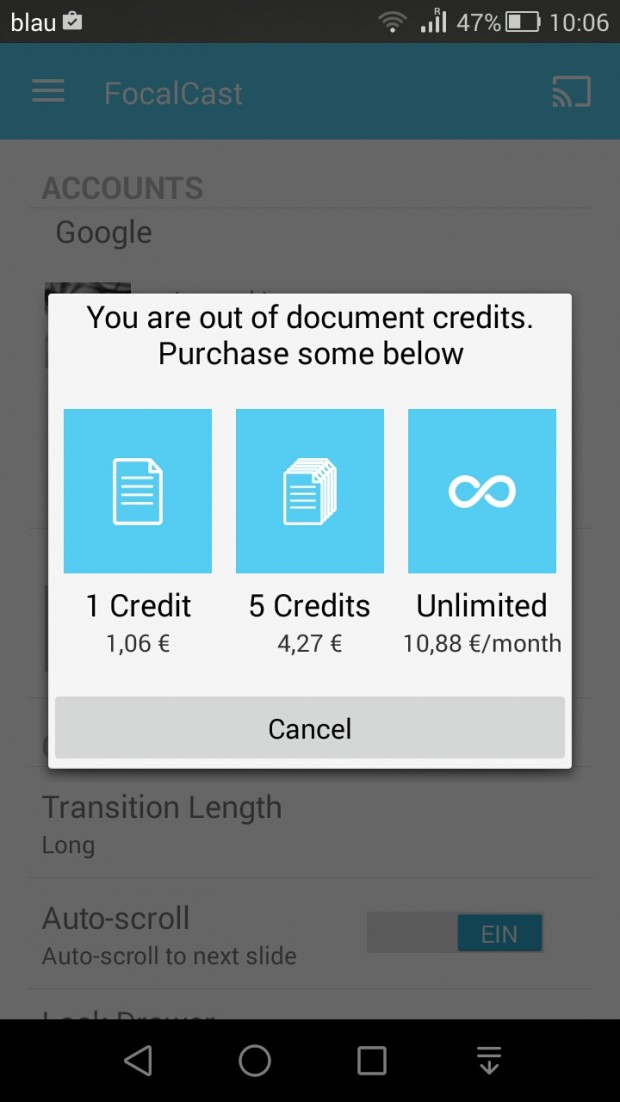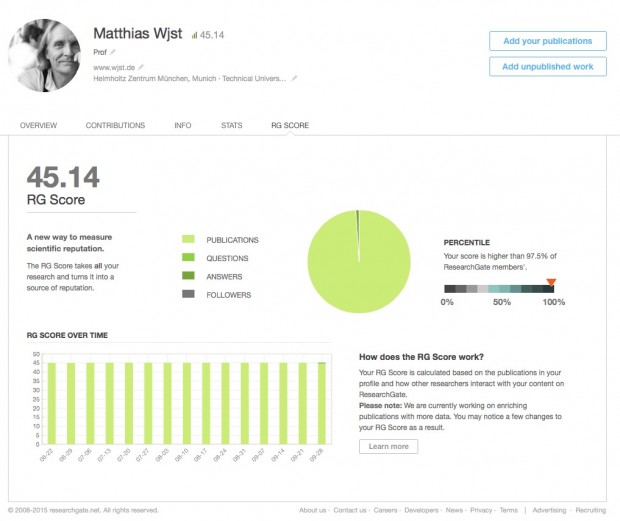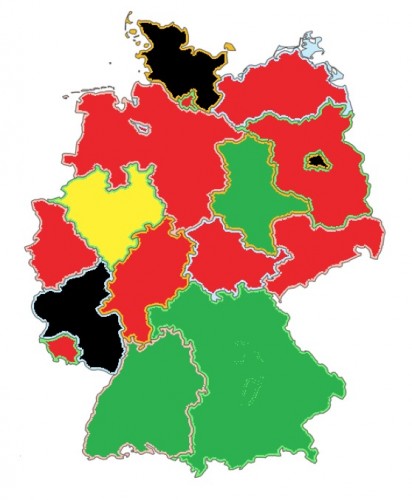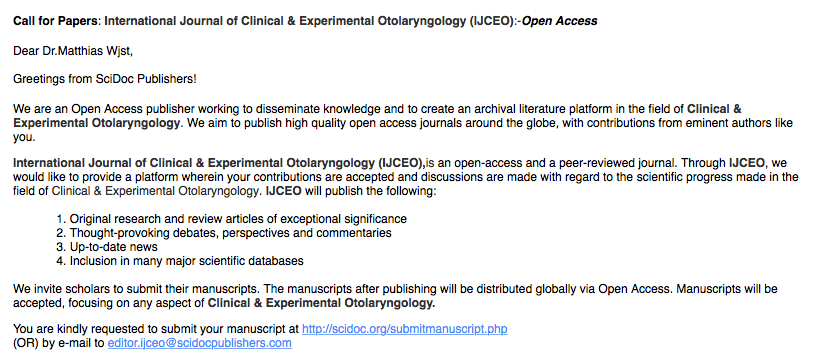Category Archives: Software
Nur eine kleine Meldung
Es war eigentlich nur eine kleine Meldung: Google wird mit dem Übergang in die neue Gesellschaftsform Alphabet auch sein Motto ändern. Von “Tue nichts Böses” (“Don’t be evil”) zu “Tue das Richtige” (“Do the right thing.”).
In einer säkularen Welt ist es natürlich wichtig, dass jede Firma ihr eigenes Motto hat, ethisch hochwertig, immer Premium und dabei die Einzigartigkeit betonen. Audi – Vorsprung durch Technik , BMW – Freude am Fahren.
Und Google, obwohl die Firma eigentlich weg will vom Image des Datenkraken, fällt dann nichts besseres ein als das “Don’t be evil” zu streichen?
3.1.2020 Update
SZ / Simon Hurtz
Staatliche Zensur in China und Militärforschung in den USA: Früher wäre das bei Google undenkbar gewesen, sagt ein ehemaliger Top-Manager und erhebt schwere Vorwürfe… Während seiner elf Jahre bei Google wuchs das Unternehmenvon 10 000 auf mehr als 100 000 Mitarbeiter. “Jedes Jahr kamen Tausende hinzu und überstimmten jene, die sich dafür einsetzen, die ursprünglichen Werte und Kultur des Unternehmens zu bewahren”, schreibt LaJeunesse.
Ich habe nichts zu verbergen
Es ist gibt kaum keinen dümmeren Satz. Doch wer hat ihn wohl aufgebracht und warum? Continue reading Ich habe nichts zu verbergen
About reputation
Edge has done it again: another foray into the idea of “reputation” in the age of the Internet.
What is interesting about Internet, and especially about the Web, is that Internet is not only an enormous reservoir of information, it is a reputational device. It means that it accumulates tons of evaluations of other people, so the information you get is pre-evaluated. This makes you go much faster. This is an evolutionary heuristic that we have, probably since the birth of the human mind. Follow the people who know how to treat information. Don’t go yourself for the solution. Follow those who have the solution. This is a super strong drive—to learn faster.
Thank you for reading this ;-)
Safe harbor for your private data
With the new European ruling of Safe Harbor, I anticipate that all major US companies will just give you an extra click to accept their updated licenses. And everything will remain the same…
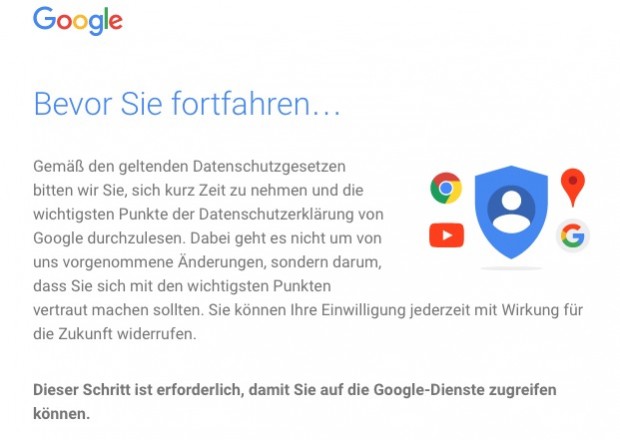
But there is a true option: Set up your own cloud. “owncloud” (OC) is a mature product and is able to replace Dropbox with native OS X, Windows, iOS, Android and web clients.
Using just four plugins OC can WebDav sync also Files, Calendars, Todos, Contacts and RSS feeds – goodbye iCloud, goodbye Google, goodbye Dropbox, goodbye Feedly and goodbye Doodle. Continue reading Safe harbor for your private data
You don’t need any Android app for internet telephony
It took me quite some time to figure out how to correctly set up all these Kitkat SIP accounts whenever I am using skyroam (or any other WLAN) or when being behind my Fritz box router. The menu is deeply hidden in the settings under apps/telephony.

I need to create two accounts, one for sipgate and for the Fritz box. Continue reading You don’t need any Android app for internet telephony
Adding local json data without ajax request
I need to include a json file from a local directory while ajax requests did not work in some browsers (due to cross domain security issues). The final solution turned out to be quite simple, just adding a variable definition before the xml code:
var json =
[
{
"id":"0",
...
}
];
var json = JSON.parse(json);
and including it as as the first script being loaded
<script src="js/json.js"></script>
The json var can then be processed in all other scripts.
Powerpoint drahtlos von Android auf Beamer
Die einfachste Möglichkeit ist wohl ein 35 Euro Chromecast Stick an die HDMI Schnittstelle des Beamers anzuschliessen.
Der Stick braucht dann noch eine USB Stromversorgung — praktisch wenn der Beamer so etwas hat. Dazu noch eine einmalige Internetverbindung über einen mobilen Router, bei mir eine alte Fritzbox mit Freetz (leider funktioniert es nicht mit einem lokalem Hotspot von Android aus).
Um nun von einem Android Powerpoint Folien abzuspielen, kann man “Focalcast” nehmen. Das gab es mal im Playstore, dann wieder nicht, braucht einen initialen Google Login, und kostet 1,06 € pro Slideset. Etwas dreist, wenn man dabei soviel open source Code verwendet.
Meine bevorzugte Alternative ist daher “Localcast” mit dem PDF Plugin, da ich nur selten Animationen auf den Slides mache und PDFs völlig ausreichen.
Dropped it
Today I dropped two of my professional accounts, that spam me nearly very day.
I can mostly confirm the German Wikipedia entry on Researchgate – a lot of unwanted emails, articles that are wrongly assigned, spider generated user accounts and a rather stupid scoring system.
Do we really need such a thing, any permanent online monitoring of performance scores?
And, well, there is a rather similar experience at LinkedIn. I just don’t need it, whenever you are searching for me, you will find me.
I see a lot of potential for scientific communication in these online platforms, but at the moment there is much noise and little signal.
Die uneinheitlichen Sterbehilfe Regelungen der 17 deutschen Ärztekammern
Für einen Vortrag zur Sterbehilfe habe ich eine Grafik bei Urban Wiesing zur Situation in den einzelnen Bundesländern gefunden habe, die unvollständig ist bzw nur ungefähr die Situation 2014 wieder gibt.
Deshalb kommt hier die Korrektur mit vier Zeilen R – die libraries sp, RColorBrewer und raster müssen dazu installiert sein.
deu&lt;-getData('GADM', country='DEU', level=1)
deu@data["IDCOL"] &lt;- c(1,1,1,2,2,2,2,2,2,3,2,1,1,2,1,2)
clrs &lt;- colorRampPalette(c('green','red','yellow'))
deu@data["IDCOL"] clrs spplot(deu, "IDCOL", col.regions=clrs(16), colorkey=F, main ='Umfrage 2014 taz.de/!5047649', scales=list(x=list(at=NULL),y=list(at=NULL)), par.settings = list( axis.line = list(col='transparent') ) )
Jeweils rot ist nun ein Bundesland gezeichnet, in dem ärztliche Sterbehilfe verboten ist, grün wo die ärztliche Sterbehilfe erlaubt ist, gelb mit uneinheitlicher Regelung (Daten aus einer TAZ Umfrage im letzten Jahr).
 Continue reading Die uneinheitlichen Sterbehilfe Regelungen der 17 deutschen Ärztekammern
Continue reading Die uneinheitlichen Sterbehilfe Regelungen der 17 deutschen Ärztekammern
Leaflet.js – layer order, layer address and links
Leaflet is great for mapping in epidemiology with quick results of just cut & pasting a few lines. Problems do start, however, whenever running a more advanced project. It’s a pain, as plugins overwrite functions and basic css layouts. Or layers do not allow clickable links (as propation is being prohibited). Or geojson data that are rejected for whatever reason.
A showcase project, that had been planned for 2 days, took more than 1 week as the documentation is frequently unclear, incomplete and often hard to understand without any (jsfiddle) example. Numerous Google searches helped, as well as peaking into the sourcecode, while also other stack overflow posters have been very helpful. Continue reading Leaflet.js – layer order, layer address and links
Any future for epidemiology?
Muin Khoury summarized recently the few major discoveries of epidemiology, to be exact just one from 1965 Continue reading Any future for epidemiology?
Moonshot
At Linkedin there is an interesting discussion about “personalized medicine” (I need quotation marks here as I always thought that good medicine is personalized). One commenter says
I believe precision medicine is a term to be use in grants, to indicate personalized medicine based on genetic information. Incomplete and imprecise. But funding agencies and bureaucrats need to see these words. I hear on the grapevine the US American President’s use of it is the start of this rather imprecise term. http://www.nih.gov/precisionmedicine/
referring to a short essay published in the New York Times already in January.
But for most common diseases, hundreds of genetic risk variants with small effects have been identified, and it is hard to develop a clear picture of who is really at risk for what. This was actually one of the major and unexpected findings of the Human Genome Project […] A second unexpected finding of the Human Genome Project was the problem of “missing heritability.” While the statistics suggest that there is a genetic explanation for common conditions and diseases running in families or populations, it turns out that the information on genetic variants doesn’t explain that increased risk.
Maybe the familiar risk can be explained by rare variants, (inherited!) epigenetic DNA modifications or just shared early environment and it’s just not in the genes – making the whole approach of personalized medicine a well-meant but meaningless enterprise. Until now, I didn’t even consider side effects. But as the NYT article goes on, there might be some
The push toward precision medicine could also lead to unintended consequences based on how humans respond to perceptions of risk. There is evidence that if people believe they are less at risk for a given disease, they feel excessively protected and their behavior gets worse, putting them at increased risk. Likewise, those who feel they are at greater risk, even if the increased risk is small, might become fatalistic, making their behavior worse as well. Then there are the worriers, who might embark on a course of excessive tests and biopsies “just in case.” In a medical system already marked by the overuse of diagnostic tests and procedures, this could lead to even more wasteful spending.
Maybe earlier genetic research has been always accompanied by some ELSI research program, all the ethical, legal and social implications. Now this is all left to a NY articles and the 700 comments under it.
Reproduction, replication, robustness and revelation
those 4Rs are now suggested as standard review criteria – definitely a great proposal as
even if the experiment can be reproduced, replication is often an issue
Science Spam
As a scientist you are spammed by lab vendors, congress chairmen and journal editors. Here is a selection of the spam that I received during the last 24 hours, all “journal” titles that I have never heard before.
Journal of Clinical and Experimental Otolaryngology (Seoul, Korea)
